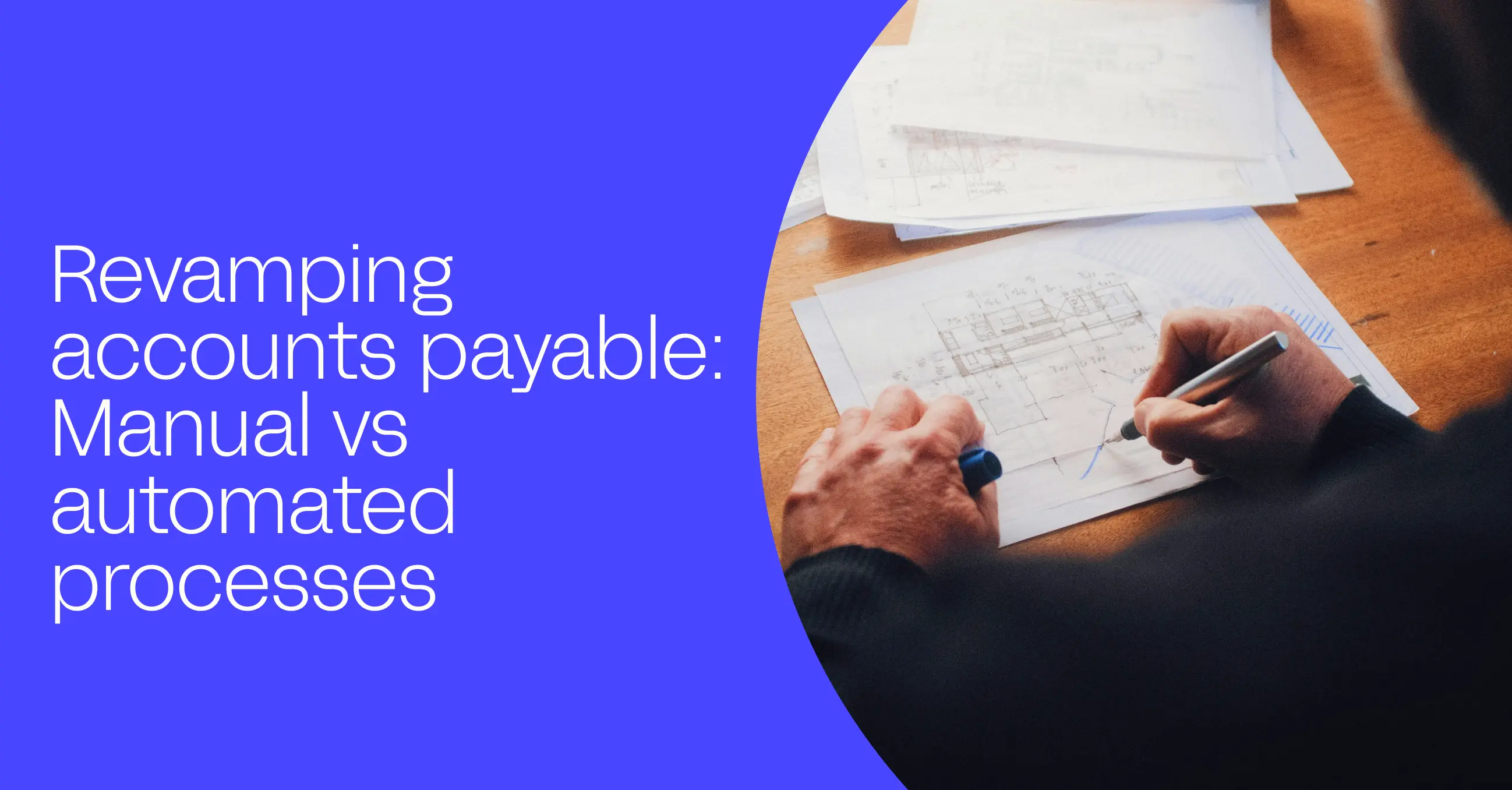What is reverse factoring?
Jo McCann
| June 29th, 2021
Choosing a financing method can be complicated. Reverse factoring is an option that involves using a third-party financial institution to help the supplier get paid quicker and the buyer to have a longer payment term.
Managing your financing methods and avoiding late payments can become a challenge for even large retailers. Finding financing arrangements that help upkeep supplier relationships without hurting your balance sheet can be complex. Finding a positive solution so that all parties benefit seems complicated, but there are some ways to avoid unpaid invoices while also improving your working capital position.
One solution that many businesses (often large companies) have turned to is called reverse factoring. This method of receivables financing allows for smoother transactions through third-party assistance. By working through someone like a bank, the supplier benefits from increased cash flow at an accelerated rate. At the same time, the purchasing company has the flexibility of longer payment terms through short-term credit.
What is reverse factoring in finance?
Reverse factoring, also known as supply chain finance), is a supplier finance method that involves a third-party financier such as a bank. The third-party agrees to pay the invoices for the supplier payment on a quicker time scale on the condition that they get a discount. The buyer then gets more time to finance the expense.
The ordering party would contact a financial facility such as a bank or financial institution to initiate this process. The bank would then negotiate based on the buyer's credit rating to ensure they are not a credit risk. Then, the financial facility would finance the supplier's receivables. Because the process looks at the buyer's rating, the supplier gets the added benefit of being charged a lower interest rate in most scenarios.
How does reverse factoring work?
While the concept of reverse factoring may seem complex, it becomes easier to understand once broken down into steps. A usual reverse factoring process follows this order:
The buyer makes a purchase of goods or services from their supplier
The supplier sends an invoice to the buyer, either physically or by uploading through a reverse factoring platform with details like the due date
The buyer reviews and approves the invoice
The supplier requests an early payment on the invoice provided by the financier
The supplier pays a fee to the financier
The buyer pays the financier or funder on the appropriate maturity date
When applying for this process, smaller businesses may have trouble. A larger company will have more credit to their name, making them seem less of a liability to the financier. If you are a smaller-sized company looking to take advantage of this benefit, network with the financial institutions in your area that would potentially know your company. Through positive networking and relationships, you can still propose the idea if your credit score reflects that you aren't a huge risk.
Benefits of reverse factoring
All three parties within the reverse factoring process benefit from it as long as all parties hold up their end of the deal. Whether optimizing cash flow, creating better stability, or cutting a profit, there are many reasons why the parties involved would be interested in entering into a reverse factoring deal. There are a few main benefits to consider for both suppliers and buyers when looking at the reverse factoring market.
Benefits for suppliers
Access lower-cost funding: Because the financial institution uses the buyer's credit score when making a deal, it can mean that the supplier benefits from a lower interest rate. While this isn't always the case depending on the situation, this often applies, especially when the buyer is a larger company.
Better working capital: Getting money faster means a better cash flow and better working capital position. Every supplier wants their invoices to be paid as soon as possible for this reason, and they can dramatically reduce late or delayed payments through reverse factoring.
Investment and expansion: The faster a supplier receives their compensation, the quicker they can invest it into their operations. By expanding the workforce, research, and development, having money quicker means fast-tracking a company's growth.
More accurate cash forecasting: If a supplier knows that a financial institution will be paying their invoices consistently and quickly, it leads to more reliability on that money when it comes to forecasting. This reliability means that when making essential cash decisions, the supplier can be more sure that they will have that money in the bank when they need it.
Reduced administrative work: Suppliers will no longer have to chase around buyers for their payments or worry about ongoing invoice management when working with a professional institute like a bank. The process is much smoother and less time-consuming.
Benefits for buyers
Better working capital: Just like for suppliers, reverse factoring brings better cash flow and working capital for buyers. If a company struggles to make payments after receiving something like raw materials, this can dramatically improve its ability to make payments on a better timeline.
Flexibility: Some companies inherently have a less stable cash flow. Having the flexibility that reverse factoring provides can be a huge buffer for these companies.
Reduce the risk of supply chain issues: Suppliers have an easier time getting materials to the buyer if they receive accelerated payments. To prevent issues with the supply chain, reverse factoring can help get payments to the supplier as quickly as possible.
Better relationships: Establishing a reverse factoring process with a supplier can lead to a much better relationship. The most significant pain point between buyers and sellers is often late payments. This bonus can later pay off in the form of improved terms and negotiations with those partners.
Less liability: Since the financial institution takes on liability risk, the buyer has less to worry about. By lessening your liability, it not only is generally beneficial but helps improve your company balance sheet as well.
Reduced administrative work: Like for suppliers, involving a funder for your financing means that you have less paperwork and communication with your supplier. You won't get nagging requests regarding early payments and will have less paperwork overall.
Pros and cons for financial institutions
One of the most considerable benefits for financiers is the long-term income they gain through the supplier's interest payments. Reverse factoring can provide significant income growth for these institutions as long as the parties involved stick to their promises. However, issues can quickly arise if the companies involved are a credit risk or don't pay back the financial institutions in a timely manner, leading to headaches for the financier. Because of this, financial institutions should be mindful of who they enter into reverse factoring deals with but should certainly consider this as a potential revenue source.
The difference between traditional factoring and reverse factoring
The most upfront difference between reverse factoring and traditional factoring (also known as invoice factoring) is that it works in the opposite direction. In these situations, the factoring is initiated on the supplier's end rather than by the buyer. In comparison with traditional factoring, reverse factoring is much quicker but provides a little less payment to the supplier. This increase in speed is often worth the small fees for the supplier, and it provides many stability benefits. Additionally, it is not categorized as debtor finance because of the nature of reverse factoring while standard factoring is.
Who uses reverse factoring?
Reverse factoring is most commonly seen with large companies that have the substantial credit to bring on financial institutions as partners in a reverse factoring deal. Small companies that have clients that are large businesses can benefit extremely from reverse factoring, saving money, and creating a more stable relationship for the long term. Financial institutions have a lot of benefits to gain from reverse factoring, but also a lot of risks. This risk means that not all financial institutions should take the leap into reverse factoring as a main revenue source, especially if they don't already have relationships with large, reliable companies.
Conclusion
Reverse factoring can be an excellent solution for suppliers who need accelerated payments, buyers who are looking for longer-term financing solutions, or financial institutions looking for extra revenue. At the same time, while there are many benefits to reverse factoring, consider if it is truly right for your situation before jumping in, especially as a financier. Traditional factoring may be a better option for your particular situation.
Recommended Reading

Accounting
What is payment automation?
From fraud detection to reducing manual data entry, automation can help your team be more efficient and focus on much more crucial tasks than filing papers.

Accounting
Revamping accounts payable: Manual vs. automated processes
Learn how transitioning from manual to automated processes can revolutionize your Accounts Payable department while avoiding potential pitfalls.
